Augmented reality (AR) is revolutionizing the way we interact with the world around us, offering immersive and engaging experiences that seamlessly blend the digital and physical realms.
From healthcare to retail, education to manufacturing, AR is transforming industries and enhancing user experiences in unprecedented ways.
Augmented Reality (AR) Technology Overview
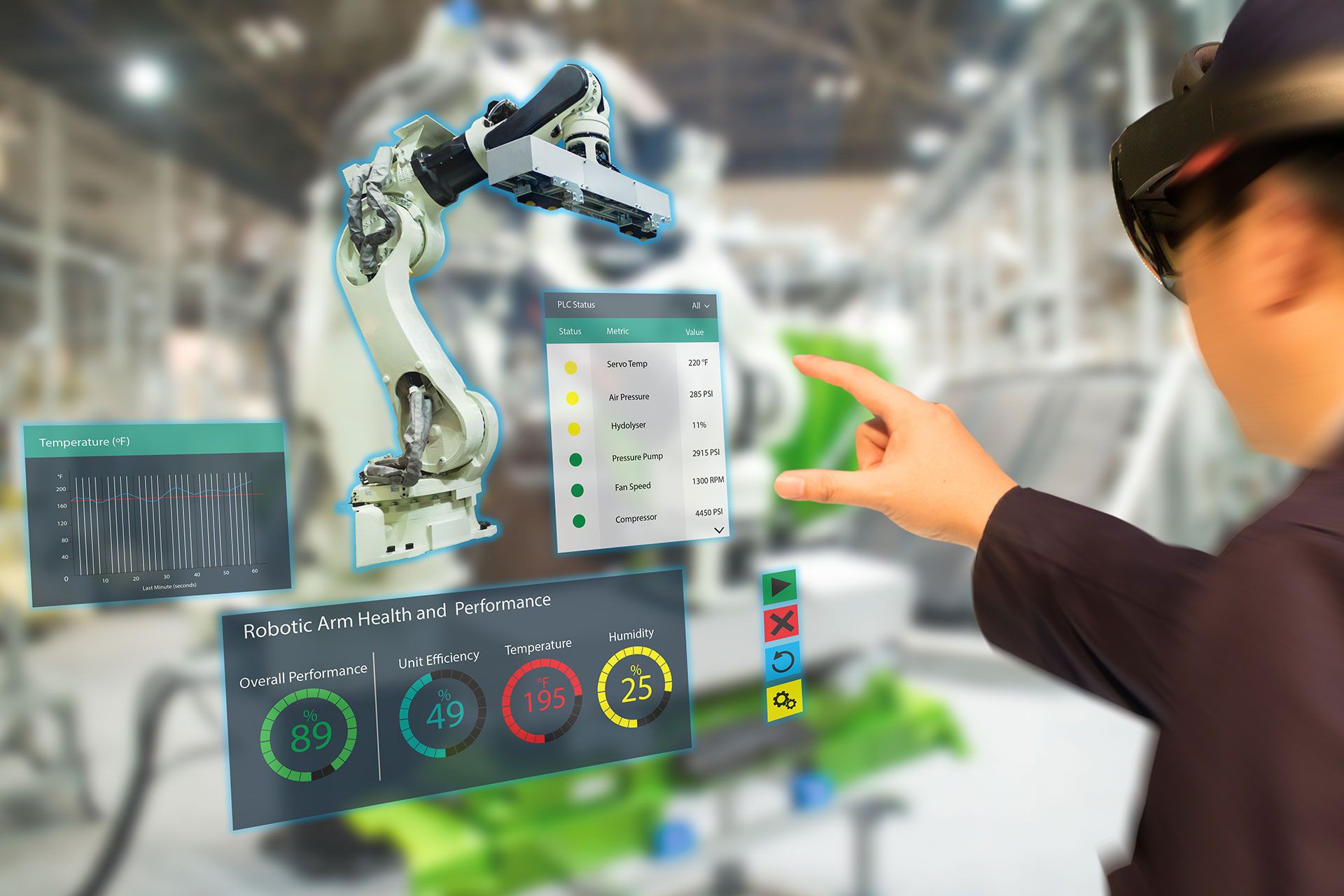
Augmented reality (AR) is a technology that superimposes a computer-generated image on a user’s view of the real world, thus providing a composite view.
AR systems consist of hardware and software components. The hardware typically includes a head-mounted display (HMD), which projects the computer-generated image onto the user’s retina, and sensors, which track the user’s head and eye movements. The software typically includes a computer vision algorithm, which analyzes the real-world image and generates the computer-generated image.
Applications of AR
AR has a wide range of applications in various industries, including:
- Manufacturing:AR can be used to provide workers with instructions and information on how to assemble products, inspect equipment, and perform other tasks.
- Healthcare:AR can be used to help surgeons visualize complex procedures, train medical students, and provide patients with information about their medical conditions.
- Education:AR can be used to create interactive learning experiences, such as virtual field trips and simulations.
- Entertainment:AR can be used to create immersive gaming experiences, such as augmented reality games and interactive movies.
AR User Experience and Design Principles: Augmented Reality
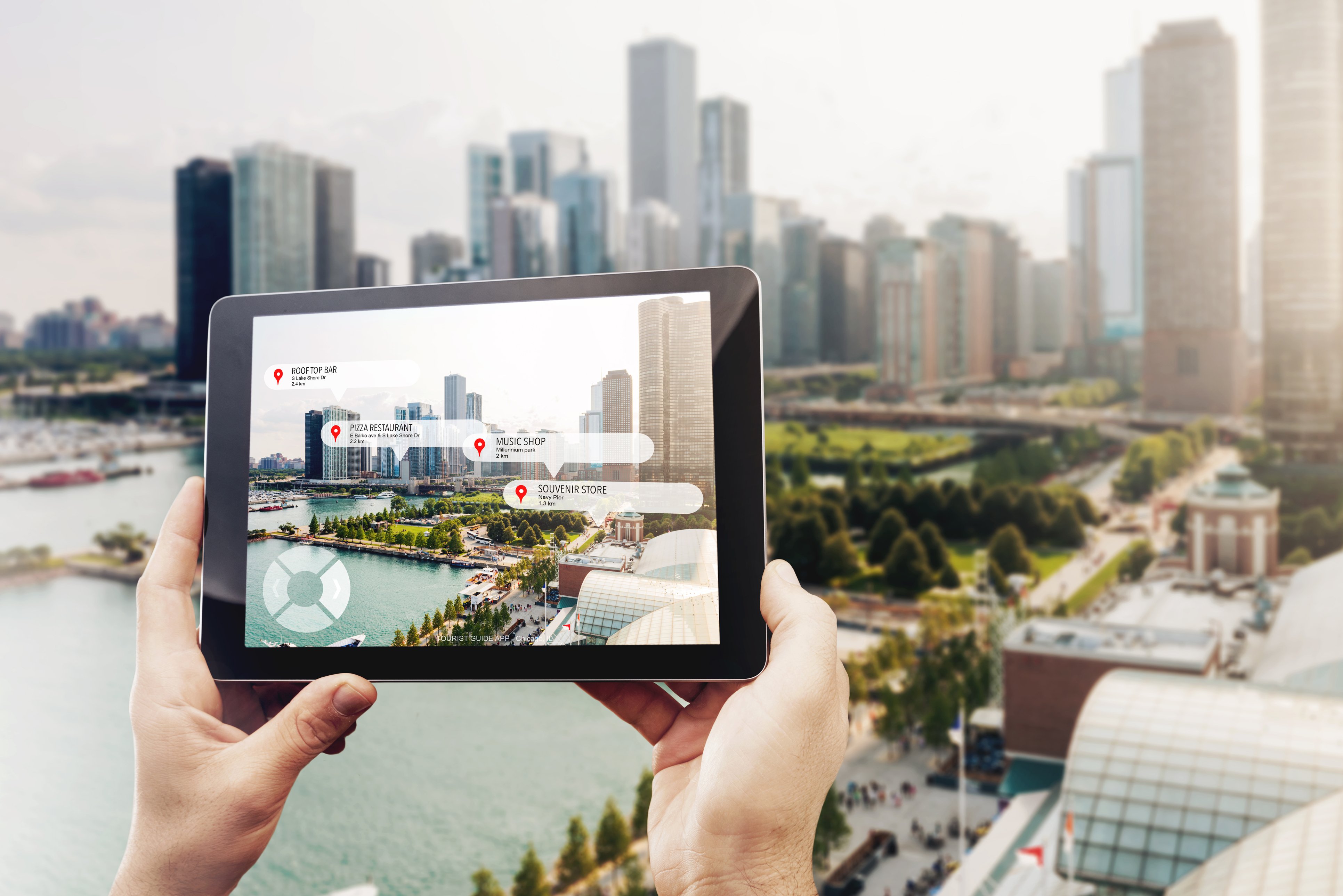
Augmented reality (AR) experiences should be immersive, engaging, and user-friendly. To achieve this, it’s essential to consider key design principles and best practices.
User interface design, content creation, and interaction paradigms play crucial roles in shaping the AR experience. Optimizing AR experiences for different platforms and devices is also vital for ensuring accessibility and a seamless experience across various user touchpoints.
User Interface Design
- Design clear and intuitive interfaces that are easy to navigate and understand.
- Use minimal visual clutter and ensure essential information is easily accessible.
- Consider the user’s field of view and design the interface accordingly.
- Provide clear feedback to users through visual cues and haptic responses.
Content Creation
AR experiences should feature high-quality, relevant content that enhances the user’s surroundings.
- Use 3D models, videos, and interactive elements to create immersive and engaging content.
- Ensure content is optimized for the AR platform and device being used.
- Test content thoroughly to ensure it performs well and meets user expectations.
Interaction Paradigms
AR experiences can utilize various interaction paradigms, including:
- Touch-based interactions:Users interact with AR content using touch gestures on a mobile device or tablet.
- Gesture-based interactions:Users interact with AR content using hand gestures, tracked by the device’s camera.
- Voice-based interactions:Users interact with AR content using voice commands.
Choosing the appropriate interaction paradigm depends on the specific AR experience and the user’s context.
Optimizing for Different Platforms and Devices
AR experiences should be optimized for different platforms and devices to ensure a consistent and enjoyable experience across various user touchpoints.
- Consider the device’s hardware capabilities, such as camera quality, processing power, and display resolution.
- Adapt the AR experience to the specific platform’s user interface and interaction paradigms.
- Test the AR experience thoroughly on different devices to ensure optimal performance and user satisfaction.
AR Applications and Use Cases
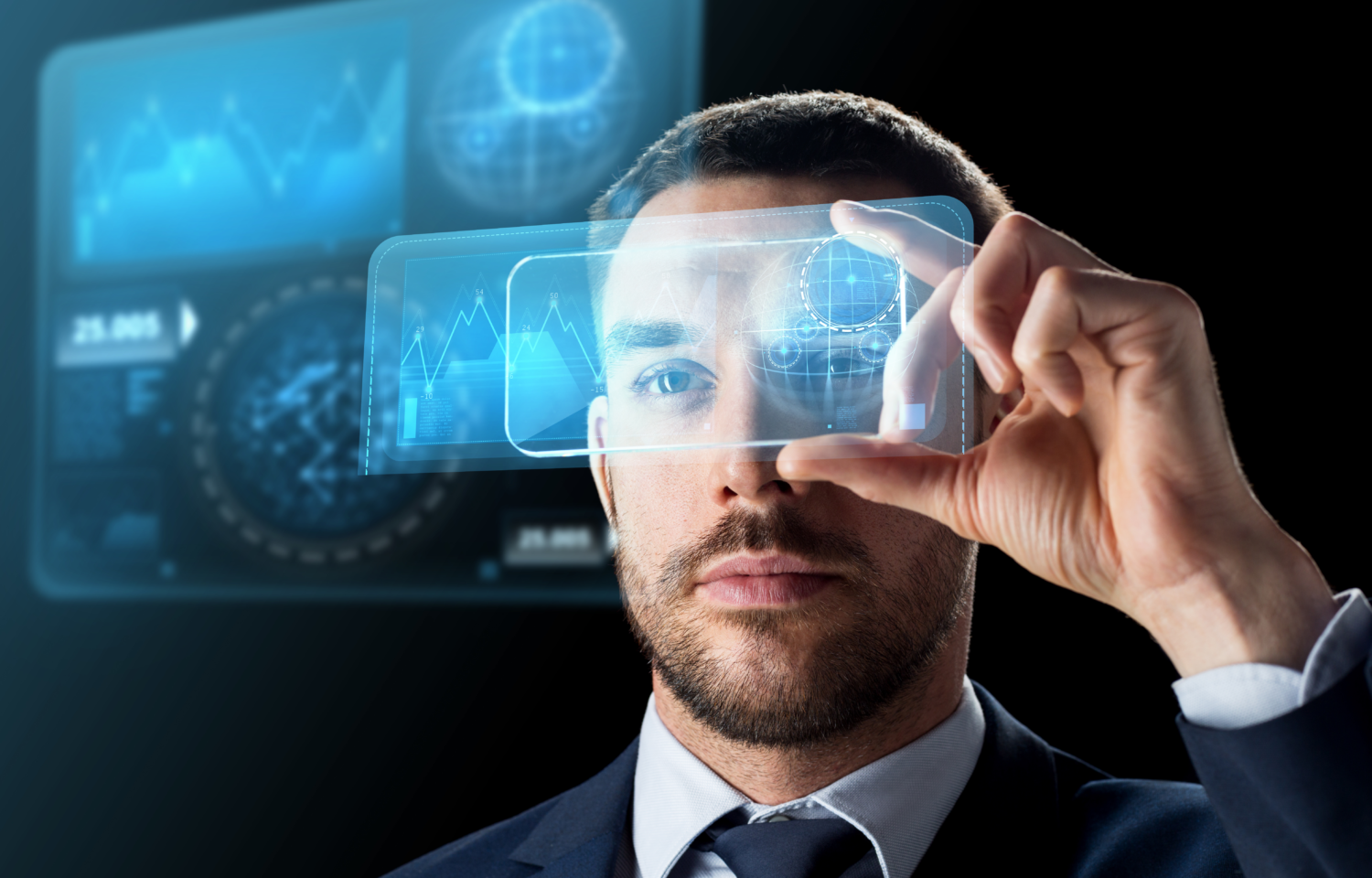
Augmented reality (AR) is transforming industries and enhancing user experiences across a wide range of sectors, including healthcare, education, retail, and manufacturing. AR applications allow users to overlay digital information onto the real world, creating immersive and interactive experiences.
Healthcare
- Remote surgery:AR enables surgeons to perform operations remotely, using real-time images and data to guide their actions.
- Medical training:AR provides immersive simulations for medical students and professionals, allowing them to practice procedures in a safe and controlled environment.
- Patient monitoring:AR can be used to monitor patients’ vital signs and medical data in real-time, enabling healthcare providers to make informed decisions and provide timely interventions.
Education
- Interactive learning:AR can transform textbooks and lessons into interactive experiences, making learning more engaging and memorable.
- Virtual field trips:AR allows students to explore historical sites, museums, and other locations remotely, providing immersive and educational experiences.
- Skill development:AR can be used to train students in practical skills, such as welding, carpentry, and engineering, by providing step-by-step instructions and visual aids.
Retail
- Virtual try-ons:AR enables customers to try on products virtually, allowing them to see how they look and fit before making a purchase.
- Interactive shopping experiences:AR can provide interactive shopping experiences, such as allowing customers to scan products for more information or to view products in their own homes using augmented reality.
- Inventory management:AR can be used to track inventory levels and manage warehouse operations more efficiently.
Manufacturing
- Remote assistance:AR allows technicians to receive remote assistance from experts, enabling them to solve problems and perform maintenance tasks more quickly and efficiently.
- Quality control:AR can be used to inspect products and identify defects more accurately and efficiently.
- Training and simulation:AR can provide immersive training simulations for manufacturing workers, allowing them to learn and practice complex tasks in a safe and controlled environment.
Potential Impact of AR
The potential impact of AR on future technologies and societal advancements is significant. AR has the potential to revolutionize the way we interact with the world around us, from healthcare and education to retail and manufacturing. As AR technology continues to advance, we can expect to see even more innovative and transformative applications that will shape the future of human interaction and technological development.
AR Development Tools and Platforms
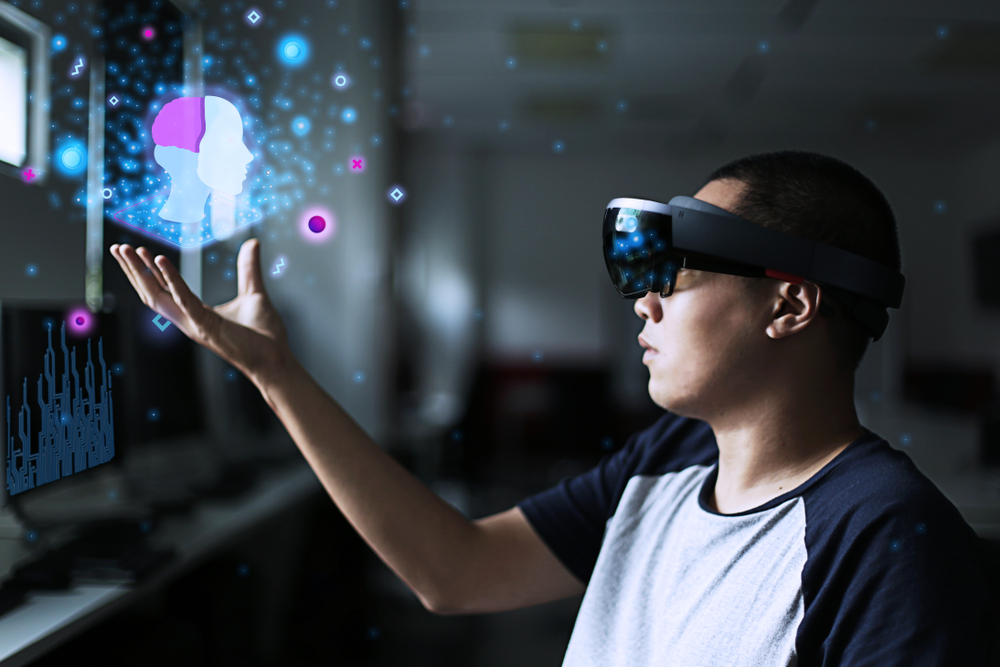
AR development requires specialized tools and platforms that provide the necessary frameworks and functionalities. These tools offer a range of features and capabilities, catering to different AR project requirements and developer preferences.
SDKs for AR Development
Software development kits (SDKs) are essential for AR development, providing a set of tools, libraries, and documentation to build AR applications. Popular SDKs include:
- ARCore (Google):For Android devices, offering core AR capabilities like motion tracking, environmental understanding, and light estimation.
- ARKit (Apple):Exclusive to iOS devices, providing similar features to ARCore and additional tools for face tracking and object recognition.
- Vuforia (PTC):Cross-platform SDK with advanced features like image recognition, object tracking, and cloud-based recognition.
AR Development Platforms, Augmented reality
In addition to SDKs, there are dedicated AR development platforms that offer comprehensive solutions for building and deploying AR applications. These platforms provide a user-friendly interface, drag-and-drop functionality, and pre-built templates to streamline the development process. Notable platforms include:
- Unity:A popular game engine that supports AR development with plugins and tools specifically designed for AR experiences.
- Unreal Engine:Another popular game engine with AR capabilities, offering advanced graphics and physics simulation.
- ZapWorks:A specialized AR development platform with tools for creating interactive AR experiences, including object recognition and spatial mapping.
Choosing the Right Platform
The choice of AR development tools and platforms depends on several factors:
- Target platform:Consider the operating system and devices your AR application will be used on.
- Features required:Identify the specific AR capabilities you need, such as object tracking, image recognition, or environmental understanding.
- Developer experience:Choose a platform that aligns with your development skills and preferences, considering the learning curve and documentation available.
By carefully evaluating these factors, developers can select the most appropriate AR development tools and platforms to meet their project requirements and deliver engaging and immersive AR experiences.
AR Market Trends and Future Prospects
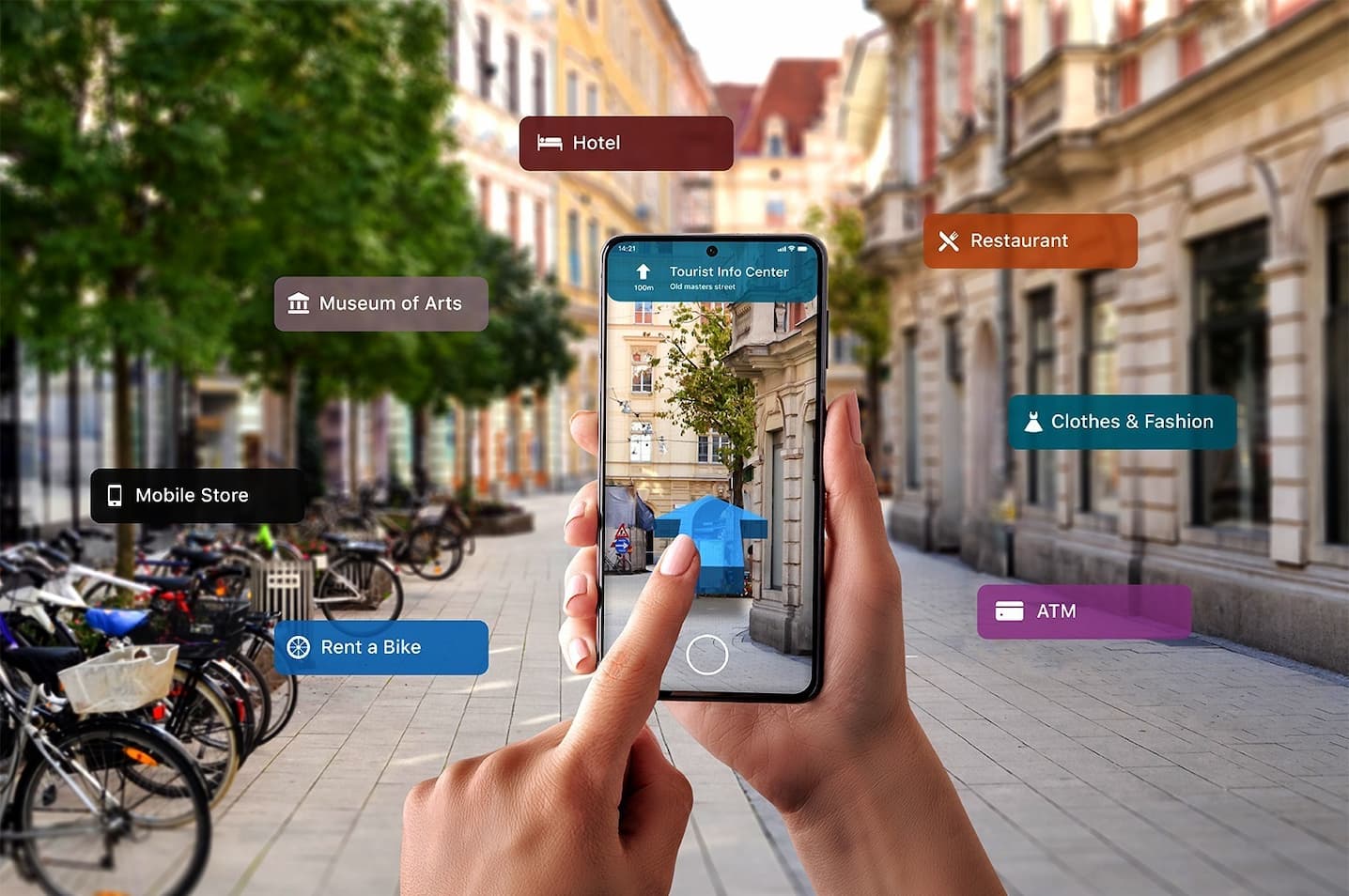
The augmented reality (AR) industry is experiencing rapid growth and innovation, driven by advancements in technology and increasing demand from various sectors. This section explores the current trends and emerging technologies shaping the AR industry, discusses the challenges and opportunities in AR development and adoption, and forecasts the potential growth and impact of AR in the coming years.
Emerging Technologies and Trends
- 5G Connectivity:The advent of 5G networks with higher bandwidth and lower latency enables seamless streaming of AR content and supports more immersive and interactive AR experiences.
- Spatial Computing:Advancements in spatial computing technologies, such as SLAM (Simultaneous Localization and Mapping), allow AR devices to accurately track their position and orientation in the real world, enabling more precise and context-aware AR applications.
- Cloud-Based AR:Cloud-based AR solutions offer remote rendering and processing, allowing users to access and interact with AR content without the need for powerful local hardware.
- Haptic Feedback:Integration of haptic feedback into AR devices enhances the user experience by providing tactile sensations that correspond to virtual objects and interactions.
Challenges and Opportunities
- Hardware Limitations:Current AR devices, such as headsets and glasses, still face limitations in terms of field of view, resolution, and comfort, which can hinder user adoption.
- Content Creation:Developing high-quality AR content that is both engaging and informative remains a challenge, requiring specialized skills and tools.
- Privacy and Security Concerns:AR devices collect and process sensitive user data, raising concerns about privacy and security, which need to be addressed for widespread adoption.
- Investment and Funding:The AR industry requires significant investment and funding for research and development, as well as infrastructure and ecosystem development.
Growth and Impact
Despite these challenges, the AR market is projected to experience significant growth in the coming years. The increasing adoption of AR in various industries, including healthcare, manufacturing, retail, and entertainment, is expected to drive market expansion. AR has the potential to transform industries by enhancing productivity, improving customer experiences, and creating new opportunities for innovation.
Final Review
As AR technology continues to evolve, we can expect to see even more innovative and groundbreaking applications that will shape the future of technology and society.
With its potential to enhance our lives in countless ways, AR is poised to become an integral part of our daily lives.
FAQ Insights
What is augmented reality?
Augmented reality (AR) is a technology that superimposes digital information onto the real world, creating an immersive and interactive experience.
How does augmented reality work?
AR systems use a combination of hardware and software to track the user’s environment and display digital content that is aligned with the real world.
What are some examples of augmented reality applications?
AR is used in a wide range of applications, including gaming, education, healthcare, retail, and manufacturing.
What are the benefits of augmented reality?
AR can enhance user experiences, provide real-time information, and enable new forms of interaction.
What are the challenges of augmented reality development?
AR development can be challenging due to the need for specialized hardware and software, as well as the complexity of creating immersive and engaging experiences.
